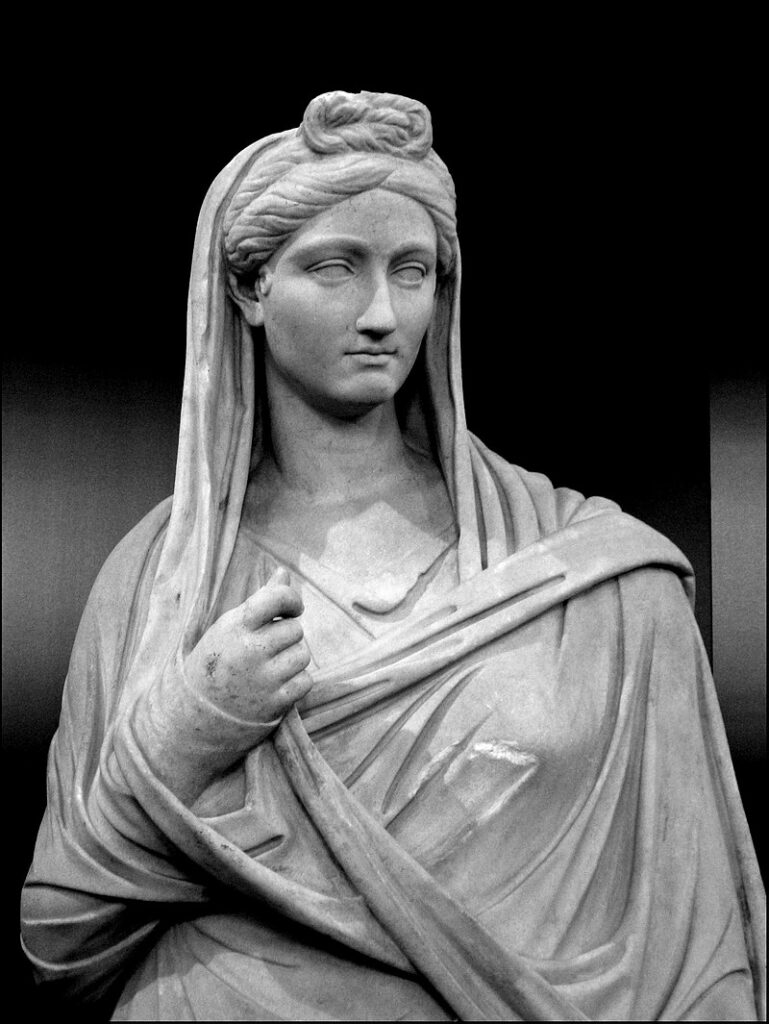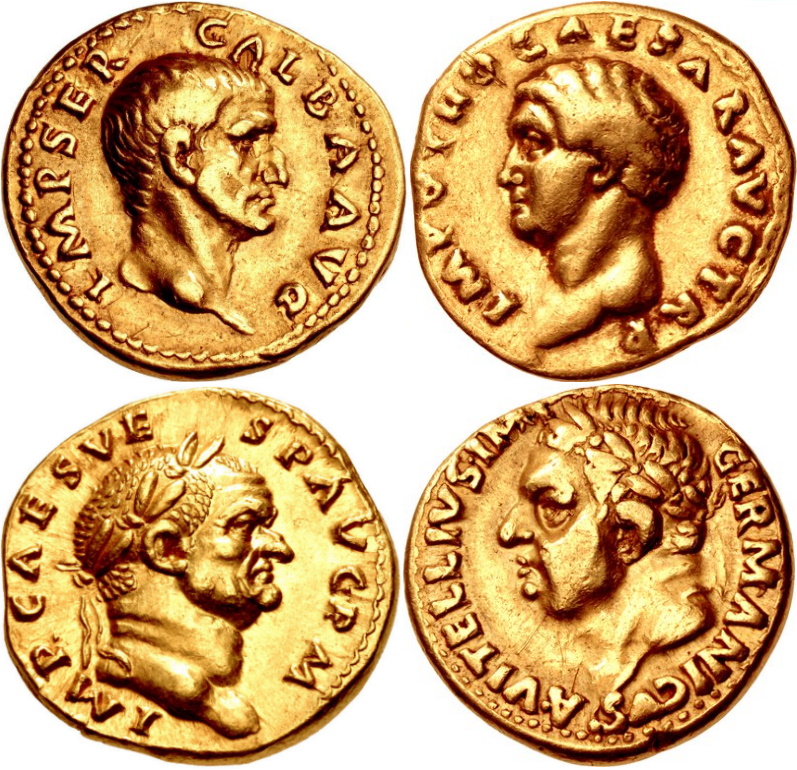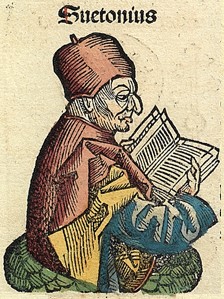by Ed Whelan, Contributing Writer, Classical Wisdom
He is considered one of the fathers of the genre of biography. He is regarded as one of the most important writers of the Latin Silver Age in literature, and his collection of biographies of Roman emperors has been enormously influential. Yet who was Suetonius? What was the life of the biographer like?
Life of the Biographer
Gaius Suetonius Tranquillus was a member of the Equestrian Order, and was probably born in the Roman Province of Numidia (Algeria). It is likely that Suetonius received a good education in oratory and literature, and early in his career he was a teacher and legal advocate. He was a close friend of the Roman writer and politician Pliny the Younger. Suetonius served on Pliny’s staff when the latter was Governor of Bithynia. He was secretary to the Emperor Trajan, who it appears granted him several privileges. He also served under Emperor Hadrian, but was later dismissed after he was deemed to have been too informal with the Empress Vibia Sabina, and allegedly breached court etiquette. Some have suggested that Suetonius may have had an affair with Hadrian’s wife, but this is unlikely.
The Lives of the Twelve Caesars
Suetonius was a prolific writer in both Latin and Greek but many of his works have been lost. His masterpiece is the work known as the Lives of the Twelve Caesars. The earliest extant manuscript of the work dates from the sixth century AD. Suetonius wrote the work in about 120 AD, during the early ears of the reign of Hadrian. The work was immediately popular. The work consists of the lives of the first eleven Emperors and Julius Caesar. The work begins with the life and career of Julius Caesar. It then concentrates on the reign of Augustus, regarded as the first Emperor. Then there are the Lives of the other members of the Julio-Claudian Dynasty, including Tiberius, Caligula, Claudius, and Nero. Then the work focuses on the lives of those who ruled briefly during the year of the Four Emperors (66 AD), the period of anarchy after the assassination of Nero. These are Galba, Otho, Vitellius and Vespasian. Suetonius then presents the biographies of the later two Emperors of the Flavian dynasty: Titus and Domitian. The individual biographies concentrate on the public and private lives of the subjects, and gives an insight into character and personality of the emperors.
The Style and Reliability of The Twelve Caesars
The book gives information on the physical appearance, habits, and personal details of the subjects. The Twelve Caesars is an important source for many Emperors, and it is the main source of the lives and death of Caligula and Vespasian. The image of many Roman Emperors has been deeply influenced by the work. Yet Suetonius was also a man of his time; despite his learning, his works are full of omens. His view of character was that it was fixed and ordained by fate. It appears that Suetonius had access to the Imperial library before his dismissal from office. Despite this, much of his work is based on hearsay and even gossip. Nevertheless, the work is widely considered by historians as generally reliable. Suetonius, like every other author, had his own biases. He was sympathetic to the Senatorial elite who disliked the Imperial system. Many critics have argued that his may have colored Suetonius portrait of Emperors such as Caligula and Domitian, who are portrayed as bloody tyrants. Some modern historians have argued that Domitian and Nero were not the monsters portrayed in their biographies.
Influence of Suetonius’ work
Dispite his reputation, Suetonius did not invent the genre of biography. The first known Roman biographer was Cornelius Nepos (110-25 BC), and the Greek Plutarch wrote his Parallel Lives c 80 AD. However, Suetonius work was immensely popular and widely imitated. Marius Maximus (160-230 AD) wrote a sequel to the Twelve Caesars, and this formed the basis of the anonymous work the Historia Augusta, an important if unreliable historical source. In the Middle Ages, Einhard wrote a biography of Charlemagne, modelled on Suetonius. The Byzantine author Michael Psellos (1018-1090) was inspired by Suetonius to write the Chronographia, a compilation of Emperors from the 10th to 11th century. The Lives of the Twelve Caesars contributed greatly to the emergence of the genre of biography.
Conclusion
The Twelve Caesars is a much-loved work, and still widely read today. It is an important landmark in the development of the genre of biography, and remains a critical source for Roman history in the First Century AD. Suetonius himself is the rare example of a biographer who arguably casts a shadow as long as his subjects.
References
Suetonius (1997). The Twelve Caesars. Penguin: Harmondsworth.













No comments yet. You should be kind and add one!
Our apologies, you must be logged in to post a comment.